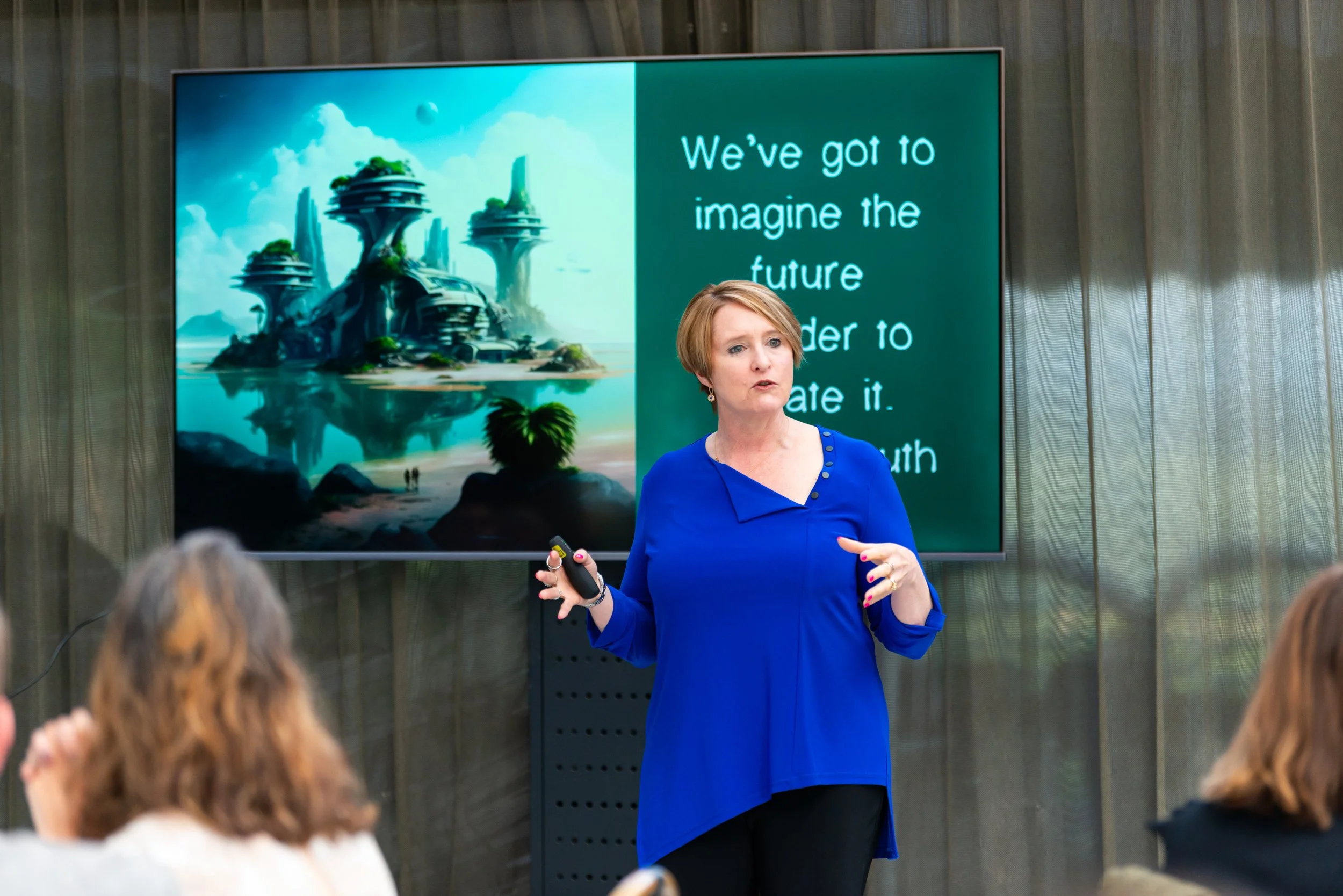Likely you have a solid strategic plan that you are in the middle of delivering. But what happens when conditions change?
Just like sailors who need to trim sails when the winds shift, leaders need to adjust their approach when trends emerge and circumstances deviate.
Like when your culture starts to degrade and you realise things are not where they ought to be.
We will apply Amy Edmondson’s framework from her book, Right Kind of Wrong: The Science of Failing Well, to a workplace culture experiment that will hopefully improve the psychological safety and innovation of your team culture.
Start with a Hypothesis:
"If we create a safe and structured environment for open feedback and idea sharing, team members will contribute more diverse and innovative ideas, leading to higher engagement and improved problem-solving."
Step 1: Define the Objective
The goal of the experiment is to increase the level of open communication, feedback, and collaboration among team members. The underlying assumption is that by fostering a psychologically safe environment, the team will feel more comfortable sharing bold ideas and discussing mistakes, which will ultimately improve the team’s creativity and problem-solving capabilities.
Step 2: Select a Small Group to Start
Choose a specific team or department to pilot the experiment. Let’s say it’s a team of ten employees working in product development. By keeping it small, the experiment is manageable, and lessons learned can be applied to the rest of the organisation later.
Step 3: Establish a Structured Framework for Open Dialogue
This is what you will actually do as the experiment.
For one month, implement the following practices:
Weekly 'Ideas and Failures' Meetings: Dedicate 30 minutes each week for team members to share:
One new idea they’ve been thinking about, even if it seems outlandish.
A mistake they made or a challenge they faced and what they learned from it.
Leaders Model How To Do It: Have team leaders participate by sharing their own mistakes and the lessons learned during meetings to set the tone for vulnerability and openness.
Anonymous Feedback Box: Set up a digital or physical anonymous feedback system where employees can submit thoughts, ideas, or concerns they might hesitate to share openly.
Step 4: Define Success Metrics
Decide how success will be measured. Possible metrics include:
Employee participation rate: How many people actively contribute ideas or share feedback in the weekly meetings?
Survey on psychological safety: Use a pre- and post-experiment survey to measure how safe employees feel to share their ideas and mistakes.
Number of actionable ideas: Track how many new ideas are generated from the meetings that the team feels are worth pursuing.
Qualitative feedback: After the experiment, gather feedback on whether employees feel the meetings were useful and if they noticed a change in team dynamics.
Step 5: Analyse Results and Learn
After the one-month period, review the outcomes:
Did more employees start participating in the meetings?
Was there an increase in creative solutions or ideas?
Did employees report feeling more comfortable sharing mistakes?
What was the impact on team engagement?
Ask your team members what they felt worked well in the experiment and what may have flopped. Ask for suggestions on how to make it even better.
Step 6: Iterate
Based on the results, adjust the experiment. For instance:
If the participation rate was low, explore why. Maybe the meeting format wasn’t comfortable for everyone, so you could try smaller group discussions.
If employees found the feedback box useful but didn’t use it much, think about whether additional anonymity or incentives for participation are needed.
If the experiment had positive results, consider scaling it to other teams and embedding it into the company’s culture practices more broadly.
Potential Outcomes:
Employees may feel more comfortable to share ideas and speak up, resulting in more diverse solutions and innovations.
Team dynamics could improve as trust and openness increase.
Leaders gain insights into what employees value and the challenges they face.
The organisation can use feedback to address systemic issues or improve processes.
Why This Works as a Culture Experiment:
This experiment directly tests whether structured efforts to promote psychological safety and open communication can lead to increased creativity, better problem-solving, and a stronger sense of inclusion within the team. It’s small-scale, data-driven, and focuses on both quantitative and qualitative outcomes, making it a practical way to assess and improve team culture.
It’s a thirty minute commitment each week from team members that could result in a culture shift.
Take a look at your strategy. Are all the projects still fit-for-purpose? Are there any areas that are failing to gain traction? These might be ripe for a small experiment. Try it out!
Live with grace, lead in service.
Zoë
P.S. Want more insights on the Future of Leadership?
Each month get additional insider only resources including discussion questions, water cooler factoids, implementation tip sheets/checklists/worksheets.
Zoë Routh is a leadership futurist, podcaster, and multiple award-winning author. She works with leaders and teams to explore what's coming and what it means for leadership of the future.
Zoë is an outdoor adventurist and enjoys telemark skiing, has run 6 marathons, is a one-time belly-dancer, has survived cancer, and loves hiking in the high country. She is married to a gorgeous Aussie and is a self-confessed dark chocolate addict.

